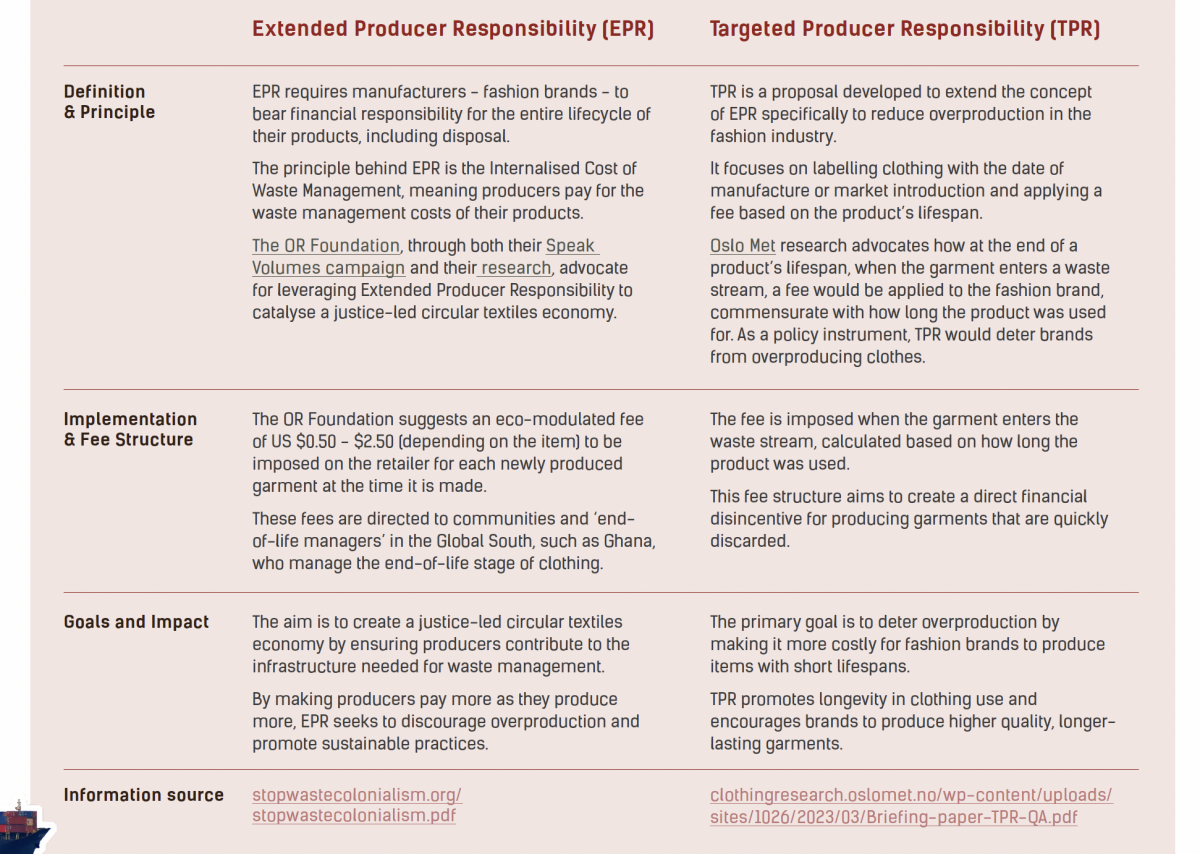TPR brought forward in What Fuels Fashion? Report
In the recently published report, What Fuels Fashion?, issued by Fashion Revolution, Consumption Research Norway SIFO’s suggestion for a Targeted Producer Responsibility method has received substantial attention alongside the Plastic Elephant report. In addition, the ruling by the Norwegian Consumer Authority against the Higg consumer-facing label also is brought forward.
All in all, What Fuels Fashion? gives much attention to the research from Oslo Metropolitan university, which is an important part of the Wasted Textiles project. What Fuels Fashion? is a single-issue, special edition of Fashion Revolution’s annual Fashion Transparency Index. They have reviewed 250 of the world’s largest fashion brands and retailers and ranked them according to their level of disclosure on climate and energy-related data in their own operations but primarily in their supply chains.
A key finding is that there is hardly any transparency around over-production. “The fashion industry wants to have its cake and eat it too. Most big fashion brands (89%) do not disclose how many clothes they make annually. Alarmingly, nearly half (45%) fail to disclose neither how much they make nor the raw material emissions footprint of what is produced, signalling the industry prioritises resource exploitation whilst avoiding accountability for environmental harms linked to production.”
On page 36 in the report, we can read: “Governments are now cracking down on greenwashing. In addition to investigations into several brands’ environmental claims taking place in the UK and Australia, the Norwegian Consumer Authority ruled the Higg Materials Sustainability Index (Higg MSI) unlawful to support such claims from retailers. These actions, which have resulted in accountability, illustrate why transparency is crucial to enable change. Nonetheless, the need for robust evidence-backed claims remains a persistent issue.”
Furthermore, on page 38, we find this quote: “Already we are seeing that overestimating the importance of garment durability and underestimating the environmental impact of overproduction is shaping the policy landscape. Research by Oslo Met University reveals the “Plastic Elephant in the Room” – which critiques the EU’s Sustainable Textiles Strategy, particularly its focus on durability. The research argues that the most effective way to reduce the fashion industry’s environmental impact is to cut production volumes rather than merely extending product lifespans (and that focusing on durability unintentionally supports synthetic fossil fuel-derived fibres).” Let’s hope someone from DG ENVI and DG GROW actually read this report!
On page 39, the report has a full-fledged explanation of TPR as a viable alternative to EPR (see illustration). Which is good news for the on-going discussion on how we can make fast fashion actually ‘out of fashion’ with regulatory instruments, and halt business as usual. Being taken seriously in such an important report, will hopefully garner further attention to SIFO’s research.
